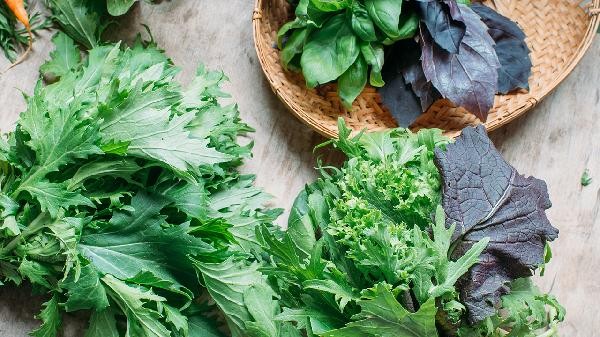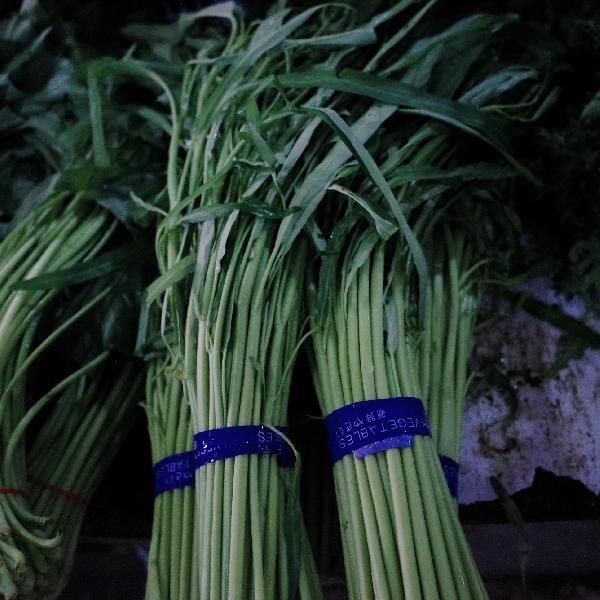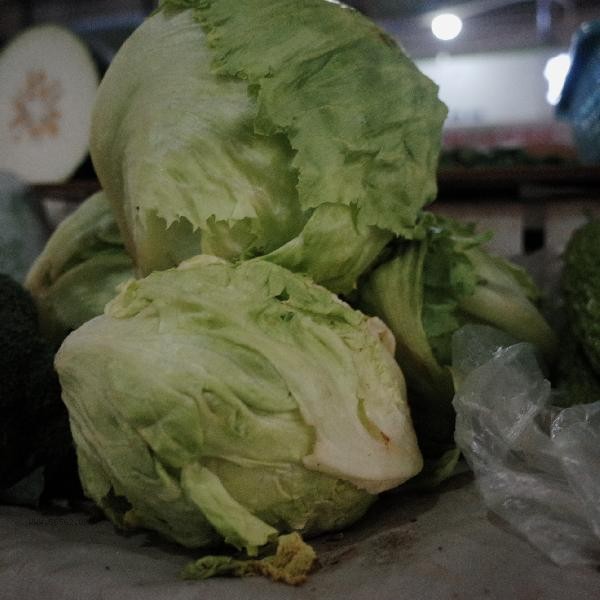Green vegetables are generally recommended to be stored in the refrigerator for extended shelf life and reduced nutrient loss. The deterioration of green vegetables is mainly related to factors such as high temperature, water loss, microbial reproduction, oxidation reactions, and release of ethylene gas.

1. High temperature
Vegetables are prone to accelerated spoilage at room temperature due to high temperature. High temperatures can promote the respiration of vegetables, leading to rapid depletion of water and nutrients. The low temperature environment in the refrigerator can effectively suppress the respiratory intensity of vegetables and slow down their metabolic rate. There are differences in temperature sensitivity among different varieties of green vegetables, but most green leafy vegetables are suitable for storage at around 4 degrees Celsius.
2. Water loss
Green vegetables contain a large amount of water, and when stored at room temperature, the water will quickly evaporate through the surface of the leaves. Water loss can cause vegetables to wilt and taste worse, and water-soluble nutrients such as vitamin C can also be lost with water. The high humidity in the refrigeration environment can reduce water evaporation, and some refrigerators also have moisturizing drawers to better maintain the freshness of vegetables.
3. Microbial Propagation
Green vegetables may have attached bacteria, molds, and other microorganisms on their surface, which can rapidly multiply and cause decay at room temperature. The refrigeration temperature can significantly inhibit the growth rate of most spoilage bacteria. However, it should be noted that the surface moisture should be drained before refrigeration, as a humid environment may actually promote the growth of certain low-temperature resistant molds.

4. Oxidation Reaction
Vitamin C, chlorophyll, and other components in green vegetables are prone to oxidation when exposed to air. Low temperature can delay oxidase activity and reduce nutrient loss. Partially oxidizable vegetables such as spinach can be wrapped in plastic wrap and refrigerated to isolate them from air contact for better results. However, it should be noted that the package should not be too tight and appropriate ventilation space should be left.
5. Ethylene gas
The ethylene released by some fruits can accelerate the ripening and spoilage of vegetables. Refrigeration can slow down the rate of ethylene production. It is recommended to separate vegetables from fruits with high ethylene release, such as apples and bananas. Some modern refrigerators are designed with activated carbon filters that can adsorb ethylene gas inside the refrigeration compartment.

Before refrigeration, the rotten leaves of vegetables should be removed but not washed with water, as residual moisture can easily breed bacteria. Can be wrapped in kitchen paper to absorb excess moisture and stored in a breathable plastic bag. Different varieties of green vegetables have different refrigeration times. It is recommended to consume tender leafy vegetables such as spinach within 2-3 days, while heading vegetables can be stored for 5-7 days. The refrigeration temperature should not be lower than 0 degrees Celsius to avoid frostbite of cell structures. It is recommended to cook as soon as possible after taking it out of the refrigerator to avoid repeated hot and cold alternation affecting the quality. For ready to eat vegetables, short-term storage at room temperature will not significantly affect their quality, but attention should still be paid to preventing wilting, preservation, and rotting during high temperatures in summer.








Comments (0)
Leave a Comment
No comments yet
Be the first to share your thoughts!